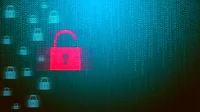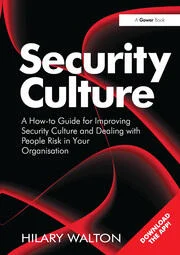Security leaders discuss ONCD's call for memory-safe software

Image via Unsplash
The White House Office of the National Cyber Director (ONCD) put out a report stating that in order to address the cause of many cyberattacks, future software should be developed with a memory-safe design. The release goes on to encourage the technical community to be proactive in the minimization of the cyberspace attack surface. By enforcing memory-safe programming languages, technology manufacturers can block off threats from encroaching the digital landscape.
Security leaders weigh in
Quazi Nafiul Islam, Developer Advocate at Sonar:
“The report from the White House Office of the National Cyber Director (ONCD) underscores the need for companies across industries to prioritize the adoption of memory-safe programming languages as a means to mitigate costly cybersecurity attacks. From a developer standpoint, this carries some major implications. It means that we need to tackle the challenge that can be adopting memory safe programming languages, and we can expect languages like Rust to gain more traction. This is certainly a tall order as it’s not just about making sure a program is memory safe, but changing the default programming paradigm to memory safe.
“The technical community is critical to this process. Ensuring memory safety, even with Rust and similar languages, is not an easy task. Following this policy will be a tough nut to crack, requiring collaboration between software quality vendors. But the delayed prioritization of memory safe software has already led to major security vulnerabilities. OCDN wants to drive a future of more secure software, and this isn’t a change that can happen overnight, which the title “Future Software Should Be Memory Safe,” acknowledges. We can’t turn all current software into memory safe software. This report is an opportunity to drive a conversation surrounding software quality and security — it’s an exciting spot to be in.”
Chris Wood, Principal Application Security SME at Immersive Labs:
“While proactively reducing the attack surface serves as an important reminder of the need for memory-safe programming languages for future software development, it is equally important that we acknowledge that organizations will still need to support legacy applications that may be memory unsafe. Developers play a critical role in protecting digital environments, so it's important that they are aware of a wide range of potential threats that could eventually lead to exploitation.
“The White House has taken a step in the right direction with this report by incorporating the technical community's expertise into the Federal Government's approach to these issues. However, just because memory safe as a CWE category could be phased out, does not mean there are not other categories developers should be concerned about. We may not be able to always mitigate every risk, but it’s critical to upskill developers so that they can defend against known exploits and adopt an always-on approach to building security capabilities. When organizations rapidly address exploited vulnerabilities, they greatly reduce the impact of risks and potential damage.”
Looking for a reprint of this article?
From high-res PDFs to custom plaques, order your copy today!






